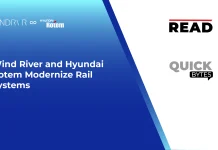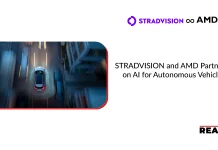May Mobility, a leader in the development and deployment of autonomous vehicle (AV) technology, announced the launch of its third-generation autonomous driving system, another significant step on the path to driverless commercial operations that will improve safety, efficiency and rider satisfaction. Improvements include increased speed, tele-assist capabilities and improved detection accuracy.
May Mobility’s technology improvements benefit communities and riders in urban, suburban and rural areas who have access to cutting-edge transit. The company’s autonomy stack includes its third-generation vision stack, next-generation pedestrian modeling and other improvements that allow the vehicle to navigate smoothly through a variety of interactions and situations.
Also Read: The largest fleet EV charging system being implemented by Core Development Group
“The fundamental thesis behind May Mobility is to make public transit better than taking a personal car. By improving the quality and scope of our autonomy system and delivering a more efficient service, we can gradually reduce the need for personal car ownership,” said Edwin Olson, CEO of May Mobility. “These strides will further enable MPDM to scale on our path to commercial driverless operations.”
May Mobility’s autonomy stack advancements include:
- Next-Gen Pedestrian Modeling—Improved pedestrian modeling that enables the system to make more robust predictions about pedestrian behavior in complex environments. May Mobility’s vehicles can operate more efficiently in downtown environments where dozens of pedestrians move and interact in many different ways, like downtown Ann Arbor. Specifics include the ability to safely navigate through intersections with high pedestrian traffic and smoothly respond to pedestrians who are jaywalking or otherwise violating the rules of the road.
- Enhanced Policies for Smoother Rides—Added more lateral—or within-lane—movement policies to its MPDM technology. These additions allow the vehicle to move smoothly through crowded streets, moving slightly to the right or left within the lane to avoid minor impediments. The smooth and subtle movements feel human-like.
- Tele-Assist—Rolled out enhanced tele-assist capabilities that help the vehicle through tricky popup situations, such as construction, to make sure riders can get to their destination on time or faster. May Mobility’s approach to tele-assist combines in-the-moment human insight with the company’s MPDM.
SOURCE: PR Newswire




